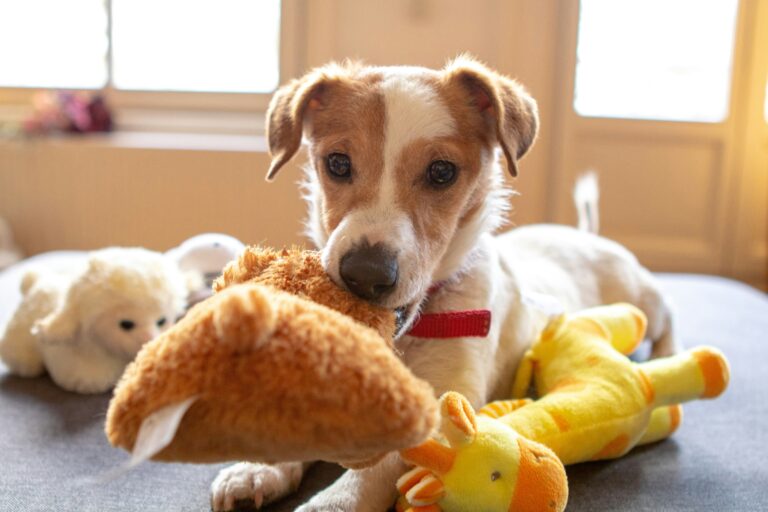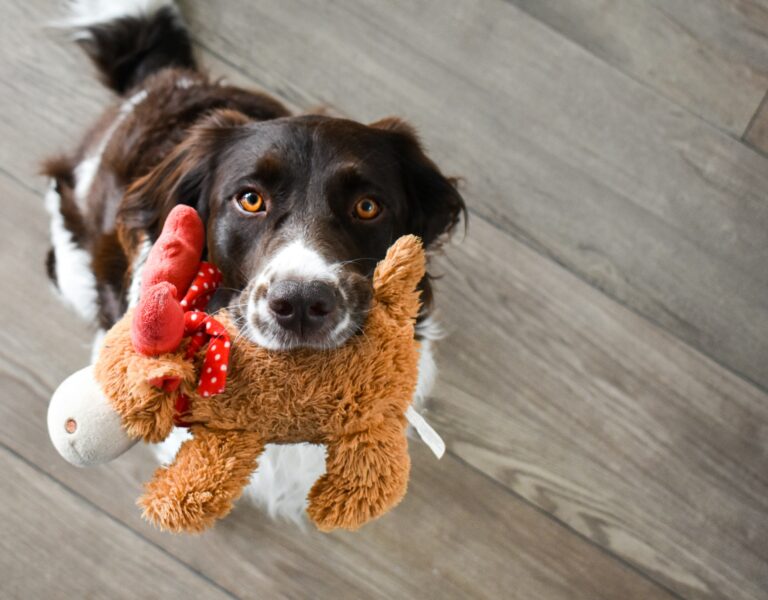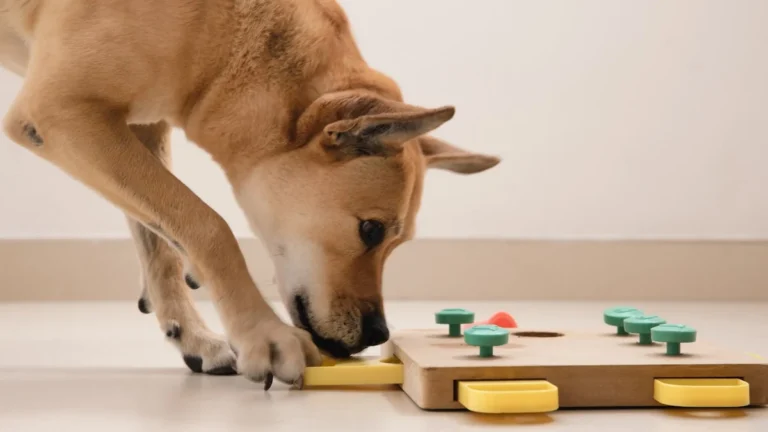Calling all dog lovers and small paw parents! We know how much you cherish your little fur-balls and their happiness is your top priority. But, let’s admit it, keeping them engaged can sometimes be a tough task. Here’s where we come in. This post will guide you through the maze of chew toys and bring to you the finest ones for your petite pups. 🐾
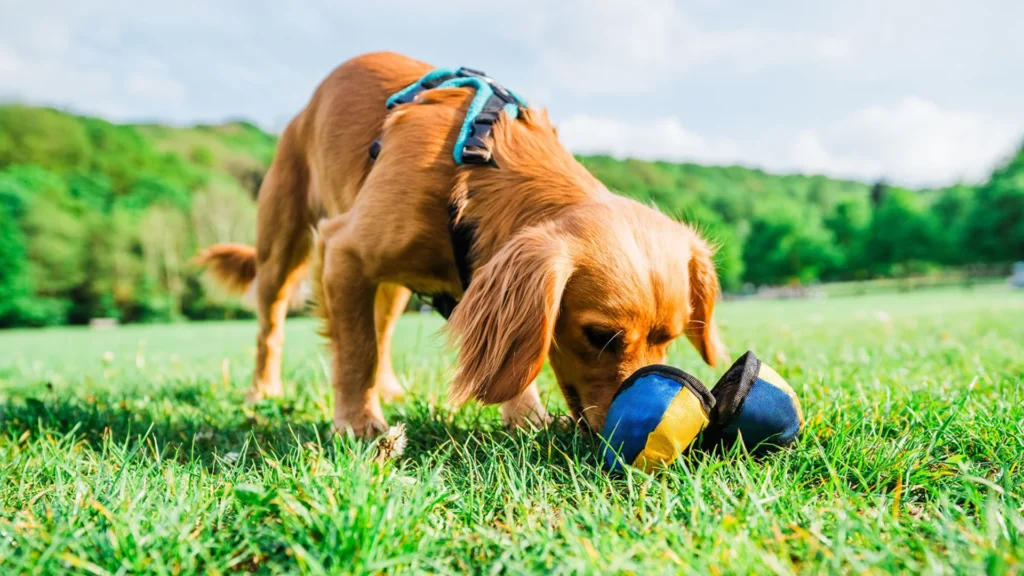
Having a good selection of chew toys is essential for any dog owner. They not only provide hours of entertainment but also play a crucial role in maintaining your pup’s dental health. However, when it comes to our tiny canine companions, not all chew toys are suitable. They require toys that match their size, strength, and chewing needs. And we’ve got just the list for that!
We have handpicked the best chew toys that are perfect for small paws, taking into consideration their durability, safety, and fun factor. Our selection ranges from interactive puzzle toys that stimulate their minds, to squeaky toys that satisfy their natural instinct to chew. So, you can rest assured that your petite pup will be happy, entertained, and healthy.
So, gear up to explore a treasure trove of tail-wagging fun. From classic bones to fetching balls, from squeaky toys to plush companions, we’ve got it all covered. Unearth a variety of choices to keep your furry friend engaged, entertained, and on their toes (or should we say, paws!). It’s time to add some more fun to your dog’s playtime. Get ready to dive in!
Benefits of Chew Toys Beyond Entertainment
Many pet owners initially consider chew toys as a source of fun and distraction. While that’s true, the benefits go far beyond mere entertainment. For small dogs, chew toys fulfill biological needs rooted in their ancestry. In the wild, canines chew bones to keep their teeth clean, relieve stress, and occupy their time. Even in a domestic setting, these instincts persist.
Providing chew toys helps small dogs redirect their energy into a safe and appropriate activity. This is particularly beneficial for puppies or adopted dogs who may be experiencing separation anxiety or adjusting to a new home. Giving them a safe outlet helps prevent behaviors like excessive barking, scratching, or chewing on furniture and shoes.
Additionally, chew toys can also support crate training or quiet time routines. Having a familiar, enjoyable item to chew on can make periods of confinement or downtime feel more secure and pleasant for your pup.
The Role of Chew Toys in Dental Health
Dental hygiene is a vital, yet often overlooked, aspect of a dog’s overall well-being. For small breed dogs, dental issues are especially common. Smaller jaws can result in crowded teeth, leading to plaque buildup, gum disease, and even tooth loss if not properly managed.
Chew toys can play a preventative role by naturally scraping off plaque and tartar through the act of chewing. Textured chew toys, in particular, massage the gums and help remove food particles trapped between teeth. While they’re not a substitute for regular brushing or dental cleanings, chew toys are a powerful supplement to any oral health routine.
Some chew toys are even infused with dental cleaning agents or come with ridged surfaces designed to improve dental hygiene. It’s a smart way to combine health maintenance with fun.
Behavioral Development and Enrichment
Mental stimulation is just as important as physical exercise for small dogs. Chew toys can function as enrichment tools, especially those that incorporate elements of puzzle-solving or interactive features. These toys keep your dog mentally engaged, helping them stay alert, focused, and mentally agile.
Young puppies benefit from chew toys during their teething stages. Teething can be a painful process, and having a safe item to chew on alleviates discomfort while preventing destructive habits from forming. By offering appropriate chew toys early on, you’re also establishing good behavioral patterns.
For adult or senior dogs, the right chew toy can keep them cognitively active. It’s never too late to introduce mentally enriching toys, especially for breeds known to be intelligent or easily bored.
Types of Chew Toys for Small Dogs
Choosing the right chew toy involves more than just picking something small. There are various categories of chew toys, each catering to different needs and preferences.
Plush Chew Toys: These soft toys are often designed with squeakers or crinkle material inside. While not ideal for aggressive chewers, they are perfect for cuddly, gentle dogs who enjoy mouthing their toys.
Rubber Chew Toys: Durable and versatile, rubber toys like KONGs are suitable for dogs that need a tougher challenge. They often come with hollow centers for treat stuffing, turning snack time into an engaging activity.
Rope Toys: Great for tug-of-war and dental health, rope toys help clean between teeth while giving dogs a satisfying chew. These are best used under supervision, as frayed ropes can become a hazard.
Nylon or Hard Plastic Chews: Designed for long-lasting chewing, these are ideal for persistent chewers. Always check for sharp edges or excessive wear.
Edible Chews: Made from natural materials like rawhide alternatives or compressed vegetables, these chews double as a treat. Be mindful of digestion and choose veterinarian-approved options.
Interactive Chew Toys: These are chew toys combined with puzzles, noises, or treat compartments. They keep your dog thinking, exploring, and satisfied.
Age-Appropriate Chew Toys
Just as children outgrow toys, so do dogs. Puppies, adults, and senior dogs all have different needs when it comes to chewing.
Puppies: Teething toys made of softer rubber or silicone are ideal. Look for toys labeled as “teething” or “puppy-friendly.” They help soothe sore gums without damaging developing teeth.
Adult Dogs: Once your dog’s adult teeth are fully grown, you can offer firmer rubber or nylon chew toys. This age group often has the strongest chewing instincts, so durable materials are essential.
Senior Dogs: Older dogs may have more sensitive teeth or gum issues. Choose softer toys that are still engaging but won’t cause dental discomfort. Plush toys or softer rubber toys are often preferred.
How to Introduce a New Chew Toy
Getting your dog interested in a new toy might take a little effort. Start by presenting the toy during a quiet moment when your pup is relaxed. If the toy allows for treats, fill it with a few of your dog’s favorites to create instant positive reinforcement.
Make the toy part of your play sessions. Toss it gently, tug it slightly, or hide it under a blanket for your dog to “discover.” Associating the toy with play and reward will help build interest.
Rotate chew toys every few days to prevent boredom. Even if your dog loves a particular toy, having new or “forgotten” toys reappear can renew excitement and engagement.
What to Avoid When Choosing Chew Toys
Not all chew toys are created equal, and safety should always be your top concern. Avoid toys that are too small or have detachable parts, as these can be swallowed or cause choking.
Be cautious with toys that are too hard. If the toy doesn’t give slightly when you press it with your thumb, it may be too tough for a small dog’s teeth. Hard bones or antlers, while popular, can lead to cracked teeth in smaller breeds.
Check toy labels for harmful chemicals or materials. Stick to toys that are BPA-free, phthalate-free, and approved by veterinarians or reputable organizations.
Supervision is key, especially with new toys. Observe how your dog interacts with each toy, and remove it if you notice any signs of aggression, anxiety, or risk of damage.
Storage and Maintenance of Chew Toys
Maintaining chew toys is an often-overlooked step that contributes to your dog’s health. Toys should be washed regularly, especially those made of rubber or silicone. Some toys are even dishwasher-safe — check manufacturer guidelines before cleaning.
Inspect toys weekly for signs of wear such as frayed edges, cracks, or missing parts. Dispose of any toy that is worn out, even if your dog still seems interested in it.
Store toys in a clean, dry container. Having a designated space for toys can also be part of your dog’s routine, allowing them to “choose” a toy during playtime.
Signs Your Dog Loves Their Chew Toy
Every dog has preferences, and figuring out which toys they enjoy the most is part of the fun. Dogs that truly enjoy their chew toys will often seek them out on their own, carry them around, or bring them to you to initiate play.
Look for signs like tail wagging, attentive chewing, and returning to the toy throughout the day. A dog that gnaws steadily on a toy, without signs of frustration or disinterest, is likely finding both satisfaction and comfort in the experience.
On the flip side, if your dog ignores a toy altogether or seems hesitant to chew, it might be too hard, too big, or simply not engaging. Don’t hesitate to try different shapes, textures, or materials until you find the right match.
The Link Between Chew Toys and Training
Chew toys can also double as valuable training tools. For example, using a chew toy as a reward during crate training helps build a positive association with the crate. Likewise, providing a chew toy after a walk or training session can serve as a calming cooldown activity.
Some behavioral trainers recommend using chew toys to redirect undesirable behaviors. Instead of scolding your dog for chewing furniture, offer them an appropriate toy and praise them for using it. Over time, this teaches them what’s acceptable to chew.
You can even teach basic commands like “drop it,” “take it,” or “leave it” using chew toys as props. These simple commands contribute to a well-mannered dog and make playtime more structured.
Top Chew Toys for Small Paws
With the myriad of options available in the market, it can be daunting to choose the right chew toy for your petite pup. To help you navigate through the options, here are some top picks:
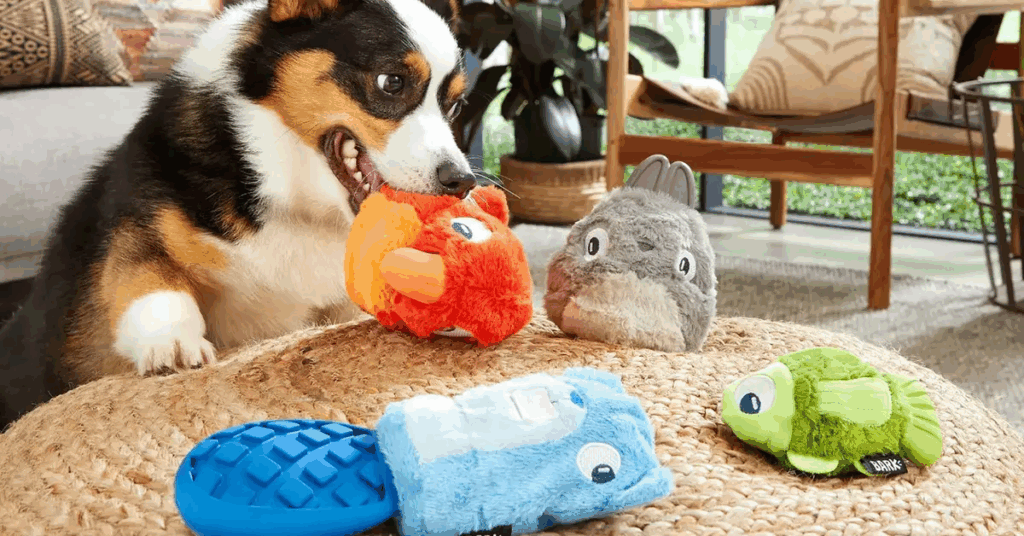
KONG Classic Dog Toy
The KONG Classic Dog Toy is a favorite among small dog owners. Made of durable rubber, it can withstand even the most vigorous chewers. Its unique shape offers an unpredictable bounce, adding an element of surprise and excitement for your pet. What sets the KONG toy apart is its hollow center, which can be filled with treats, keeping your pup engaged for hours.
Nylabone DuraChew
Nylabone DuraChew is another excellent choice for small dogs. Designed to last, it features raised bristles that help clean teeth and prevent tartar build-up. Moreover, the toy’s irresistible flavor will keep your furry friend coming back for more.
Outward Hound Hide-A-Squirrel Puzzle Toy
If your small dog loves a good challenge, the Outward Hound Hide-A-Squirrel Puzzle Toy might be the perfect fit. This interactive toy comes with squeaky squirrels that can be hidden inside the plush tree trunk, encouraging your pup to engage in problem-solving play.
Safety Tips When Using Chew Toys
While chew toys are great for small dogs, it’s crucial to keep safety in mind. Always supervise your pet while they’re playing with their toys, especially if the toy is new. Regularly inspect the toys for signs of wear and tear, and replace them immediately if they’re damaged.
Choosing the Right Material
The material of the chew toy is a significant factor to consider. Some materials may be too hard for your small dog’s teeth, potentially leading to dental problems. On the other hand, some materials may be too soft and can easily break apart, creating a choking hazard. Therefore, opting for toys made of durable yet safe materials like rubber is recommended.
Training Your Pup to Use Chew Toys
Introducing chew toys to your small dog might require a bit of training. Make the toy exciting by playing with it, shaking it, or filling it with treats. Show your pup how to use it and reward them when they do it correctly.
To sum up, finding the perfect chew toy for your petite pup involves considering the toy’s size, material, and entertainment value. Remember, a well-entertained pup is a happy pup!
Conclusion
In conclusion, the petite size of small dogs does not diminish their big need for interactive play and mental stimulation. Choosing the right chew toys for small paws plays a critical role in maintaining your pet’s physical and mental well-being. Not only do these toys help in maintaining your furry friend’s dental hygiene, but they also serve as a fun distraction, keeping your pup happy, entertained, and out of mischief.
The variety of options mentioned in this article, from durable rubber toys to engaging puzzle toys, are specifically designed to cater to the needs and interests of smaller dogs. Remember, the right toy for your dog will depend on their individual personality, preferences, and chewing habits.
However, it’s essential to supervise playtime to ensure safety, as even the most robust toys can pose a choking hazard if they become too worn or break apart. Keeping your small dog’s needs in mind will help you select the perfect chew toy to ensure tail-wagging fun and entertainment.
Remember, a happy pup is a healthy pup, and the right chew toys can contribute to that happiness, providing endless fun for your small paws.
In short, when it comes to small dogs, the joy and benefits they can get from the right chew toys are anything but small. Keep your petite pup happy and entertained – the tail-wagging fun awaits! 🐾🐶

